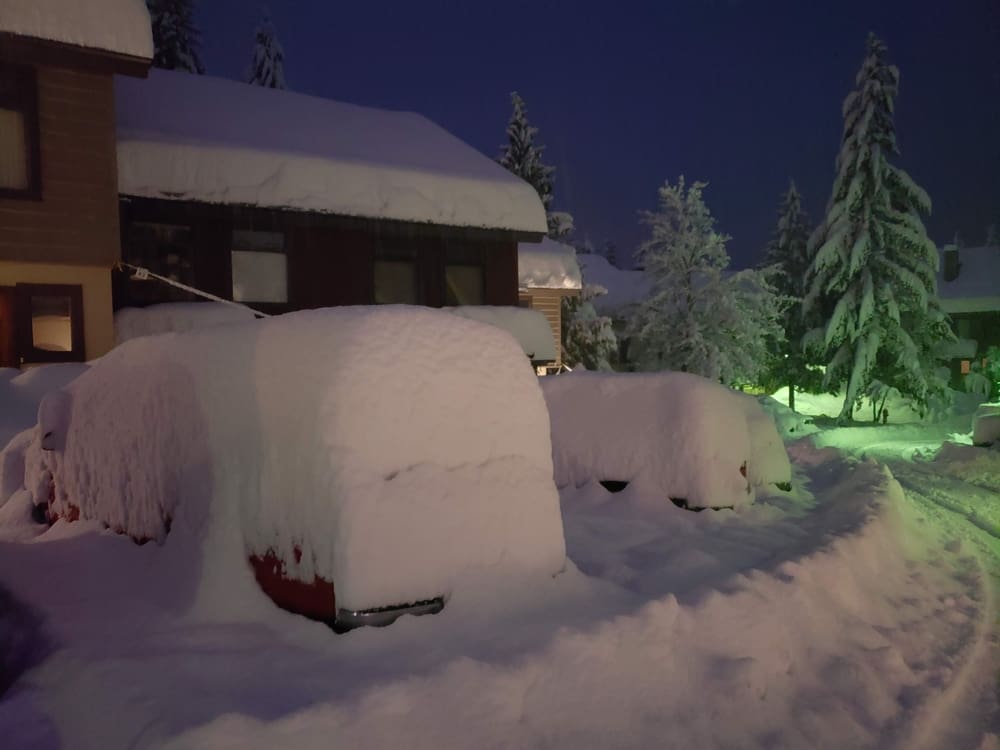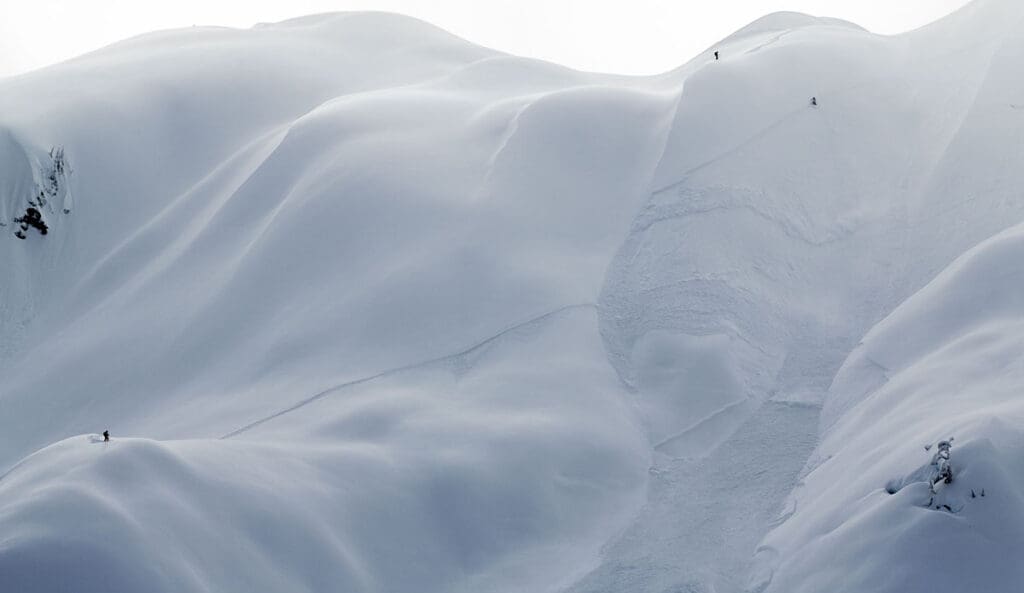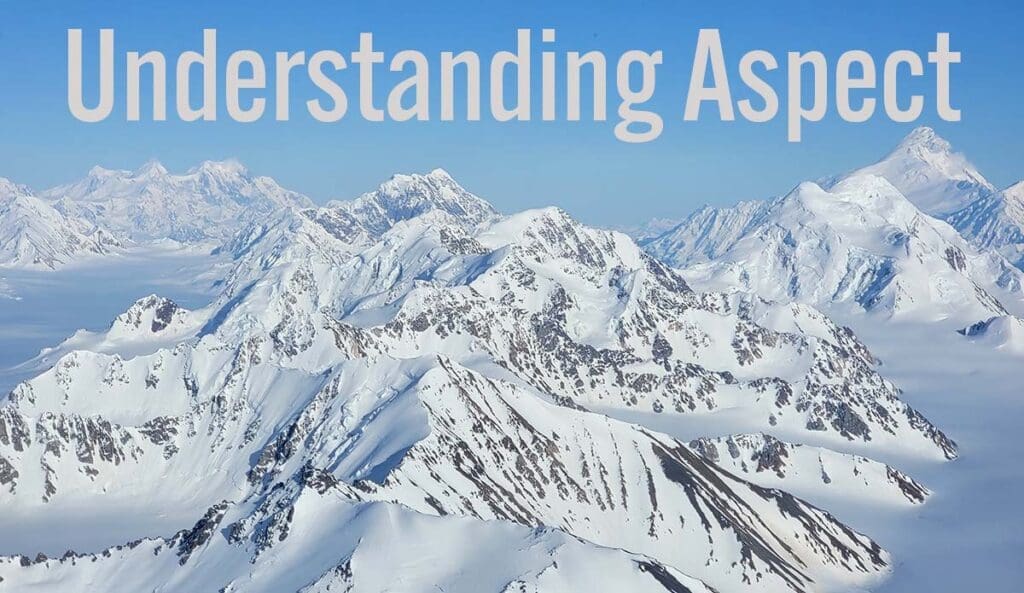One of the primary and most obvious contributors to an avalanche is fresh snowfall. When learning about backcountry safety and avalanche awareness, it’s crucial to understand how the amount of snow mixed with the other main variables (terrain, aspect, wind, and other layers) come into play.
This page discusses why it’s important to factor in snowfall amount, the time it fell, and other pieces of the puzzle. The more the picture is put together, the better decisions we can make when traveling in the backcountry.
Why Snowfall is Critical
Fresh snow is one of the biggest avalanche triggers—especially in the first 24 to 72 hours after a storm. While it can be tempting to charge into the backcountry after a big dump, understanding how snow settles and bonds to older layers can help you avoid triggering slides and make smarter terrain choices.

Key Concepts For Avalanche Awareness
1. The First 24 Hours Are the Most Dangerous
Most human-triggered avalanches occur within a day of significant snowfall. During this window, the snowpack is highly reactive, especially if:
- The new snow is light and fluffy (low density)
- The storm came in rapidly or heavily
- The underlying layer is slick, weak, or faceted
Wait it out—it’s not worth rushing into terrain that needs time to heal.
2. Time Helps Snow Bond
After a storm, snow layers begin to settle and bond through a process called sintering. This process is driven by:
- Time
- Temperature changes
- Snow type and density
A general rule of thumb:
- <15 cm = lower risk, but still depends on terrain and layers beneath.
- 15–30 cm = moderate to high risk, especially in steep or complex terrain.
- >30 cm = very high risk, particularly if accompanied by wind or rapid loading.
3. Watch for Delayed Instability
Even if it hasn’t slid yet, that doesn’t mean it won’t. Snowpacks can remain unstable for days or even weeks—especially if the new snow is sitting on a persistent weak layer.
Always monitor:
- Avalanche bulletins in the USA or Canada.
- Recent avalanche activity. In Canada, there is a centralized database of user-generated reports called the Mountain Information Network (MIN)
- Cracking, collapsing, and whumpfing sounds in the snow.

Field Tips
✅ Dig a snow pit and test the bond between storm snow and the layer beneath it
✅ Use compression and extended column tests to identify instability and slab potential.
✅ Watch for storm slabs forming on convex rolls, in gullies, or leeward slopes
✅ If you’re unsure, ride mellow terrain under 30° until stability improves
Takeaways
- Most avalanches happen shortly after a snowfall—patience is safety.
- Snow takes time to bond—don’t rely on a visual surface assessment alone. Some layers never bond, and create a Deep Persistent Slab.
- Small storms can still be dangerous if they fall on the wrong terrain.
- If you’re unsure of conditions, dig a pit or stick to conservative lines. Knowledge is power.
Coming Up Next:
Avalanche Awareness 101 – Wind
Learn how wind can load snow in unseen places and create dangerous conditions—even on bluebird days.
Want updates on the next article and early access to our training events?
Sign Up for Email Updates or become an Alpine Islands member for full access.

